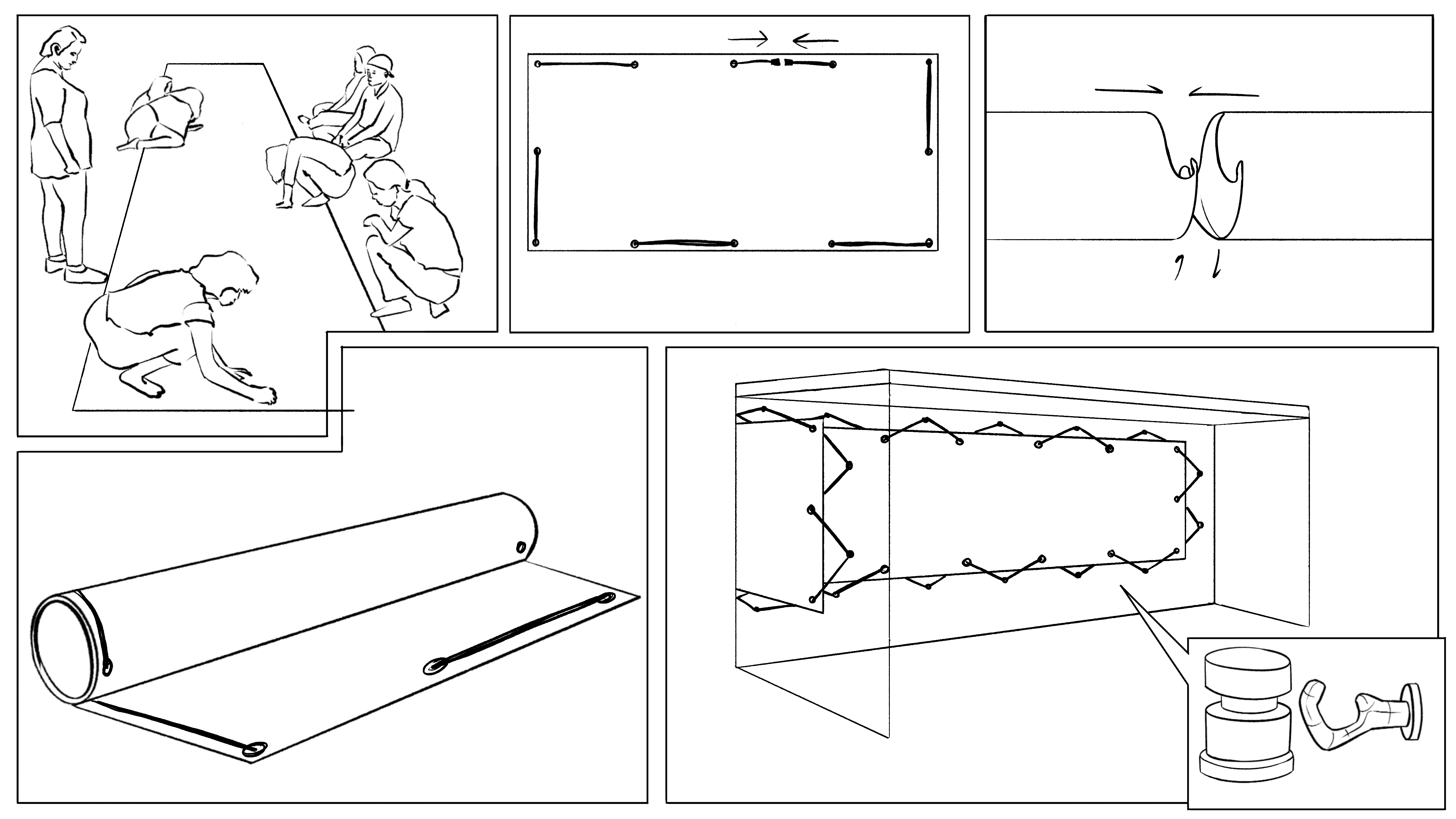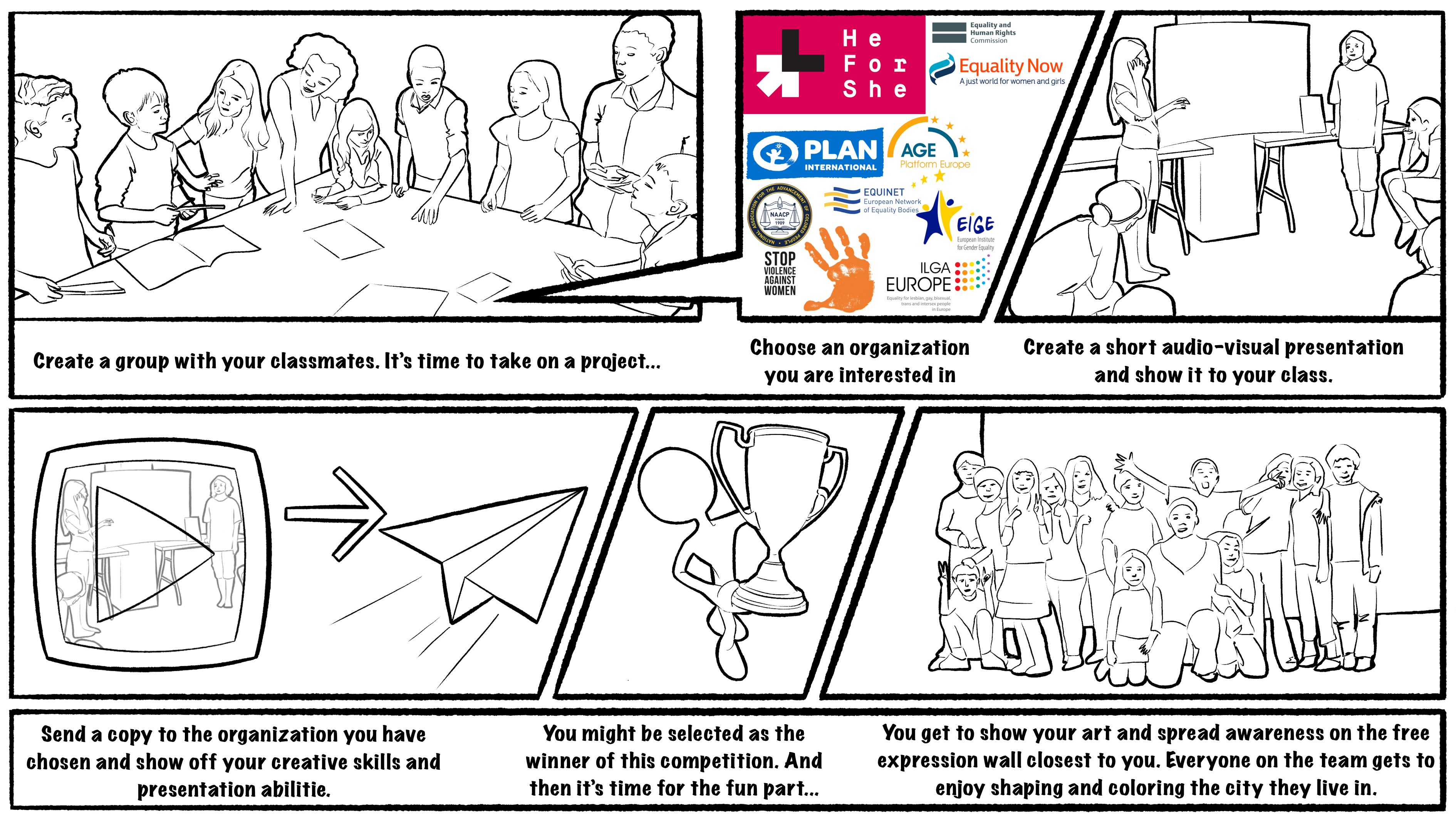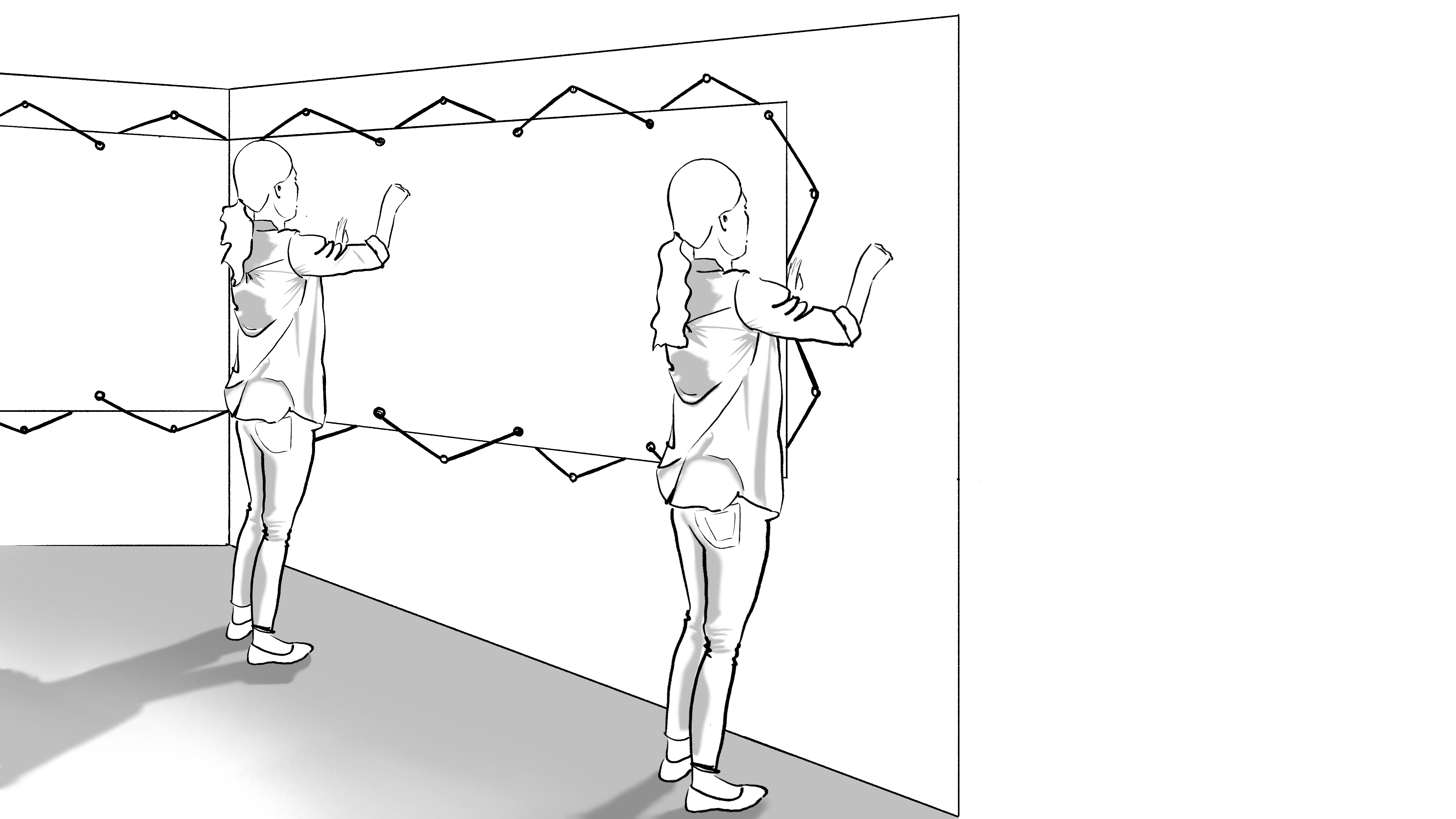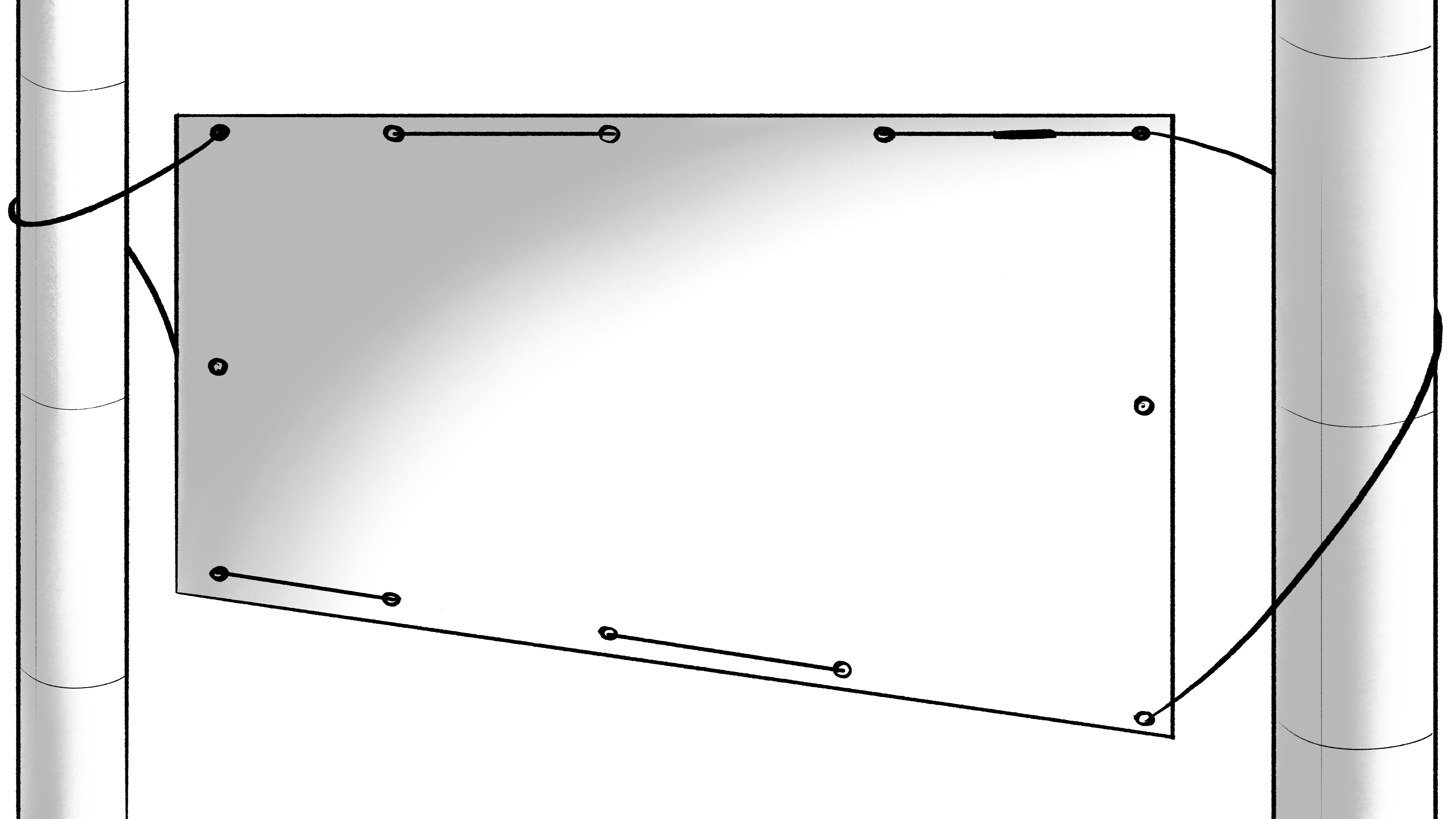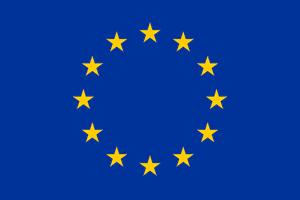Ideas Lab
PinKorner/ The creative corner - Solenza Lazar
SOLENZA LAZAR
Original Brief
The original project brief is called the PinKorner, and the idea is to give women an area at bus stops where they are respected, and where messages of gratitude and equality can be displayed (read the full brief here: PinKorner brief). The project idea was interesting; however, it was concluded that broadening the topic might be helpful in creating a design. The problem we were interested in solving therefore became discrimination. More specifically, the project became about finding a way to spread awareness and respect by encouraging people to learn about different issues. We started the project with the assumption that lack of respect is due to a lack of education in a subject.
Causes of discrimination.
Discrimination is a very complex and layered topic, as its causes and manifestations are various. In order to encourage people to change, we must better understand why discrimination occurs, how it evolves, and what can be done to prevent it.
Some causes of prejudice include individual sources. Individual causes of discrimination can be explained on the surface level by fear. Indeed, as proven through history, fear is a powerful incentive which may lead to hate. In this instance, fear of the unknown and of the different, started as a survival instinct. Simply put, the unknown or different has the potential to be either good or harmful, and since it is human nature to want to survive, expecting the worse out of anything new serves the purpose of protecting oneself. Through evolution we have learned the benefits of accepting people’s differences as it can actually bring strength to the group, and yet it seems like some people’s instincts remain to hate what they do not understand.
Another cause of prejudice can be explained through the social aspect. It is human nature to want to belong to a group you look up to or identify with. It is also normal for people to blame external factors for their problems as well as wanting to positively differentiate themselves from others. The same happens I groups. Ingroups are perceived as the ones who are always right and better than the rest, therefore the outgroup is perceived as inferior.
Finally, cultural and political factors play a role in discrimination. Cultural factors can be explained as being just like social causes, except culture has been engrained in people’s minds for their whole lives, and it is therefore more difficult to correct the biases that have been there for such long periods of time. As for politics, it is no secret that the population is largely influenced by its political leader’s actions and comments even if as an individual you do not agree or support the person in charge. It is easy for a political leader or well-known person to normalize certain behaviors that may insight wrongful actions. As a wise man once said: “With great power comes great responsibility”.
see summary with visuals in the PowerPoint:
Evolution and change
It is important to note that discrimination and bias can evolve over time, and it may be due to events out of our control that affect a large number of the population. An example of this is 9/11. Needless to say, it was very traumatic to many people. After 9/11, there was an increase in interest on the subject of “terror management”, showing that even scientific and psychological studies had been influenced by the tragedy.
Globalization is another factor that may play a role in the evolution of prejudice. We see globalization as a great tool that aids countries develop and trade with other countries all around the world. We have seen a boom in globalization through the creation of the internet and fast modes of transport; however, there is also a mode obscure side this fast and uncontrollable evolution and interconnection, meaning that for all the benefits it has brought us, there are some equally important disadvantages we must consider. The internet and social media have made it easier to spread hate as well as misinformation. It has become increasingly common for people to get stuck in their own bubble of biases and opinions, therefore not allowing them to remain open minded to other people’s perceptions and opinions.
What we can do
Stereotyping is a form of protection against the unknown; so, the best way to reduce it is to educate people and help them understand that difference does not equal weakness or danger. Art is a great tool to educate without provoking aggressive responses as it has the potential to unite people who are seemingly different.
Who and why?
The target demographic for this project is school children (age 7-18) from lower school to high school. The reason for this is simple, younger people are more cognitively flexible. What that means is that they haven’t formed biases against certain groups yet, and if they have, they are easier to erase. Moreover, in Romania (the country that proposed the Pink Corner idea) education is available to all youth and it is free. School is an already existing and well-established structure which can be used for this project. Finally, by educating the younger generation, we not only ensure a better future for the next generation, we can also educate the older generation (parents and family). Indeed, they are more likely to learn and change their behavior if someone close to them is there to teach them.
How?
What we propose with this project is to give students the power and motivation to share their message with the rest of their community.
This will be done by allocating space at bus stops and other common areas for students to show their message through art with the help of organizations and associations.
What students have to do is find an association or organization that they are interested in working with, do research on the organization’s role, and propose an art piece that spreads awareness (as seen in storyboard 1 ).
Once the research is done, and the project has been presented to the organization and approved by it, the creative process can start. Students will be provided with a large canvas and they can start painting.
The canvas will have metal reinforced holes all around its edges which serve as an easy attachment method (as seen in storyboard 2). Through those holes, an elastic cord will be woven, and its ends will be joined together. The canvas can be rolled up and transported to the bus stop or other public location, where the elastic cord will be stretched and attached to hooks (as seen in the product sketches sketch 1 , sketch 2). This process ensures the art is secure at the bus stop, as well as stretching the canvas (which is the preferred way to keep a canvas as it ensures it doesn’t crackle).
Once a new project starts, students can easily detach their art by unhooking the cord. When the canvas is off display, it can be rolled up and brought back to the school, where it can be re-used for new projects. The canvas can either be washed or a layer of white paint can be added; when dry, children can re-use the same painting surface.
Considerations
When researching what materials should be used for the project, the main considerations were the durability, re-useability, and sustainability of the product. The difficulty of this task was to respect these three considerations, while keeping the costs as low as possible. The initial thought was to use an adhesive plastic, as it is the most robust material; however, it was decided that more environmentally friendly options should be used to spread a message of respect for the environment. After reading many articles about all the types of art supplies and their impact on the environment, two options stood out: eco-friendly Belgian linen canvas, and eco-friendly hemp canvas. The most viable solution is the hemp canvas, as it is less expensive while still being very robust. As stated in the section above, canvas can be reused multiple times, therefore justifying the cost of the material, and minimizing waste material.
This project is all about its feasibility and the message students are trying to spread, meaning that the product itself is not what should stand out; instead, it should be the personalization of the space that should grab people’s attention. The task was about how to make the students’ user experience as fun and effortless as possible, hence the simplicity of the design.
Citations
Research
Morrison, M. and Morrison, T., 2008. The psychology of modern prejudice. New York: Nova Science Publishers, p.Chapter 1.
Photos
thashade, V., 2021. “Graffiti Art” as Educational Tool. [online] tha shade. Available at: [Accessed 6 May 2021].
2021. [online] Available at: [Accessed 6 May 2021].
DeSoto Caverns. 2021. Church Overnight Banner — DeSoto Caverns. [online] Available at: [Accessed 6 May 2021].
